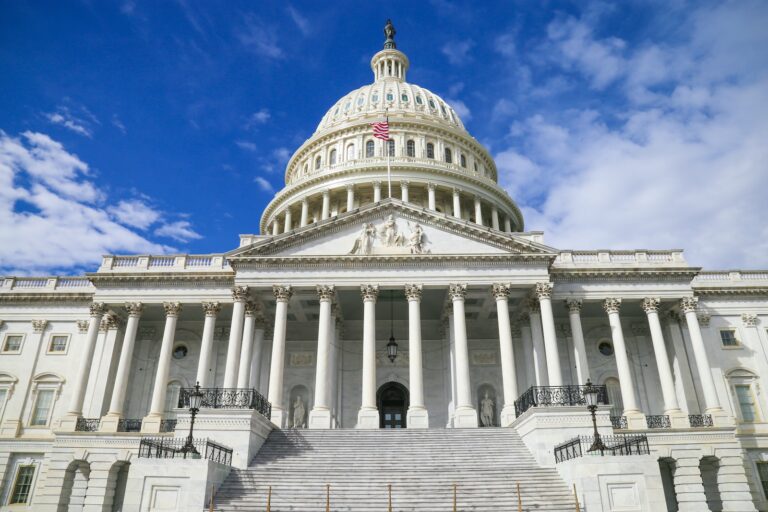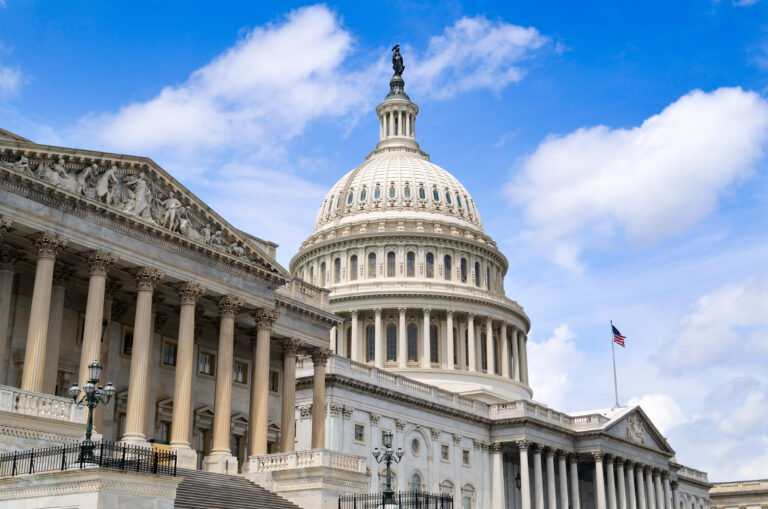On December 5, the U.S. House Committee on Education and the Workforce introduced a bipartisan bill [H.R. 6585] called the Bipartisan Workforce Pell Act. The new legislation is a positive sign for proponents of workforce Pell (also known as “short-term Pell”), as the House Committee on Education and Workforce has historically been the biggest obstacle to reaching an agreement (see our blog post from earlier this fall explaining the challenges and differences between the three current short-term Pell proposals).
While today’s introduction is just the first step in authorizing Pell grants to be used by learners pursuing short-term education and workforce programs, it is an encouraging sign that a bipartisan agreement can be reached among lawmakers.
What’s in the Legislation?
Program Components
Program Length: Eligible programs run between 150-600 clock hours over the course of 8-15 weeks, regardless of tax-status of the provider.
Online or not online?
Online and distance education programs are eligible to participate.
The bill specifically bans “correspondence courses” which are home-study courses where the school provides instructional materials to students not physically attending classes with limited interaction between instructors and students.
For profits?
The legislation does not exclude for-profit providers.
The biggie… What are the quality assurance provisions?
There are quite a few! This is where the legislation takes an interesting turn, introducing several provisions in order to be an approved program, using the “triad” in a new way:
- States: State workforce boards are responsible for ensuring a program aligns with high-skill, high-wage, or in-demand jobs; meets the hiring standards of employers in high-demand industries, and complies with applicable licensure and certification requirements.
- Accreditors: Accrediting agencies must separately accredit programs to be eligible for workforce Pell. The bill creates an expedited approval process by the National Advisory Committee on Institutional Quality and Integrity (NACIQI) for new accrediting agencies that would accredit programs seeking to offer workforce Pell. These newly recognized agencies would be required to meet a one-year waiting period. All approved accreditors will be responsible for ensuring programs have been offered for more than a year before the programs are eligible to participate in workforce Pell.
- The Department of Education (ED): ED will be required to institute eligibility provisions, including:
- Completion and job placement: the program must have a 70% completion rate and 70% job placement rate (within 180 days of completion).
- Return on Investment (ROI): programs must have value added earnings (defined as 150% of the federal poverty line subtracted from median earnings one year after graduation) that exceed tuition and fees.
- Earnings threshold: requires a similar earnings threshold to the newly finalized Gainful Employment rule; more here.
- Alternate data: ED would have to establish a system that permits approved programs to submit alternate data that supports their eligibility for the aforementioned metrics.
Other interesting tidbits:
Hint to future learner and employment records (LER) policy? In a nod to giving learners greater agency over their credentials, approved programs must have a plan for students to access transcripts of the courses without a fee.
Stackable: Approved programs must be stackable, with an exception if there is only one recognized postsecondary credential leading to employment in a field.
Competency-based: Approved programs must list on their website the competencies achieved through the credential.
- How much has been authorized?
- The bill sets a $160 million authorization for the Secretary of Education to fund the processes and changes required under the legislation. The Pell grant is funded annually by the appropriations process.
What’s next: Today’s introduction of the Bipartisan Workforce Pell Act [HR 6585] is not the first time we’ve seen legislation for workforce or short-term Pell grants in this Congress. In addition to several partisan proposals, we last saw the bipartisan Jumpstart Our Businesses by Supporting Students (JOBS Act) reintroduced in January after being introduced in several other legislative sessions.
We expect today’s legislation will be the new baseline for negotiations on workforce Pell grants.
The future of workforce Pell is dependent on at least two considerations: how the legislation will move toward full consideration in the House of Representatives, and what the Senate will do on the issue. Each day we get closer to the November 2024 election is one day further away from seeing both bipartisan agreement and prioritization on this critically important and timely issue.
Our team is continuing to monitor the development of workforce Pell. Contact us here with questions.




